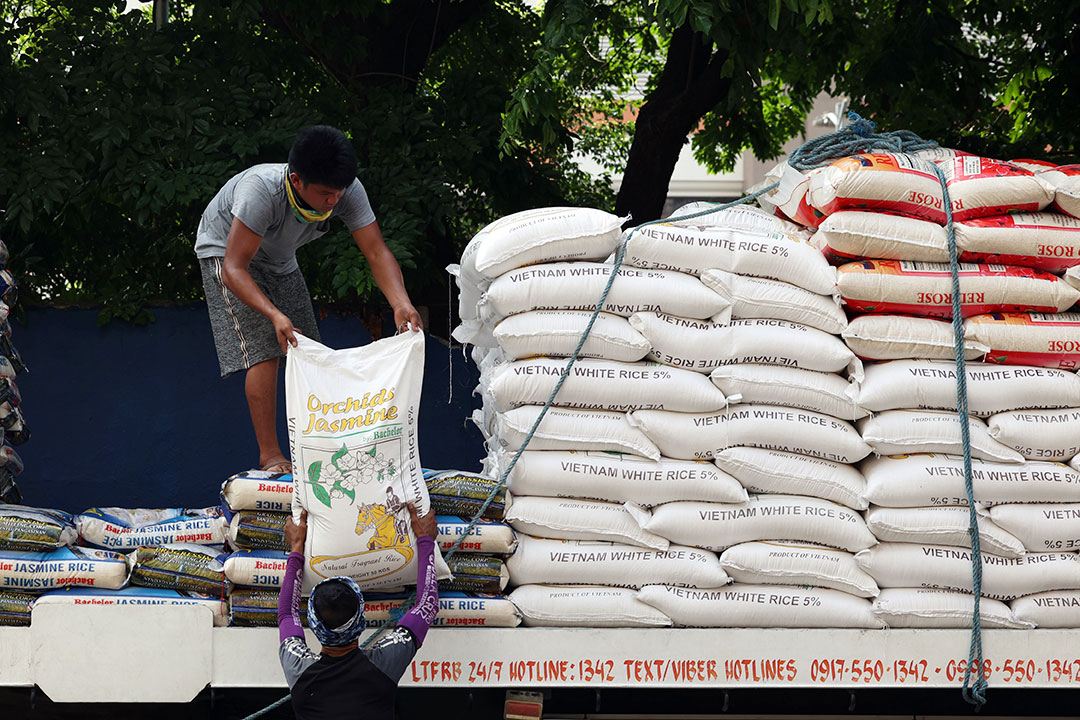
THE Department of Agriculture (DA) said on Tuesday that the P20-per-kilo subsidized rice program will tap the contingency fund of President Ferdinand R. Marcos, Jr.
The Office of the President has authorized the release of P5 billion from its contingency fund to Food Terminal, Inc., (FTI) which will distribute rice bought from the National Food Authority (NFA) to local government units (LGUs) and the Kadiwa network of government-supported produce markets, Agriculture Secretary Francisco Tiu Laurel, Jr. said at a briefing.
The FTI will spend P4.5 billion to procure the rice, with the remaining P500 million going to logistics and packaging, he added.
The P20 rice program — first introduced in the Visayas on a pilot basis — will also be rolled out in Kadiwa outlets, the DA said on Monday.
The NFA currently sells rice to LGUs at P33 per kilo on the strength of a food security emergency declared in late January. It loses about P12 per kilo assuming a breakeven price of P45. LGUs then resell the NFA rice without a markup or at the slightly higher price of about P35 per kilo.
Mr. Laurel said with the price of NFA rice at P33, the FTI and LGUs will need to pay P6.50 each to close the P13 gap.
This means that in sum, participating LGUs are also expected to contribute around P4.5 billion to the subsidy.
Selling rice at P20 per kilo would yield losses to the government of P10-P12 billion, according to Mr. Laurel.
He said however that NFA stocks are not moving because LGUs are not placing orders for nearly three months after the rice emergency declaration.
He compared the program to a “moving-out sale,” noting that if the NFA stocks — estimated at 370,000 metric tons remain unsold for a long time then it might be forced to sell inventory at even lower prices.
Mr. Laurel said LGUs are reluctant to buy NFA stock in the face of the declining global price of rice, which has pushed some commercial retailers to offer rice at less than the NFA price.
“If we can’t sell them and they rot in our warehouses, they lose value. We tried selling at P33. It did not catch on because rice prices at retail also declined,” he said.
The DA said on Monday that world prices of rice averaged $300 per metric ton, down from a high of over $700.
NFA inventory rose to a five-year high equivalent to 7.56 million 50-kilogram bags of milled rice as of April 24.
Rice prices in Metro Manila markets ranged from P39.99 to P58.17 per kilo between April 21 and April 24, according to DA price monitors.
Mr. Laurel said subsidizing rice is practiced by Malaysia, Indonesia, China Japan, and India, and the Philippines could have done the same as early as 2024 if NFA had enough stock.
Mr. Laurel said the government may roll out the P20 rice program nationwide by January.
A pilot program must run for “at least six months” to determine whether it is feasible for nationwide implementation, he said.
President Ferdinand R. Marcos, Jr. had ordered the DA to find ways to sustain the program until the end of his term in 2028.
The pilot run in the Visayas is set to kick off in Cebu on May 1.
Mr. Laurel last week said the Visayas was chosen for the pilot due to its poverty rate, which exceeds the national average of 10.9%.
The program is targeting about 400,000 families for the P20 rice, including some of the most vulnerable segments of society.
An initial eight Kadiwa outlets in and around Metro Manila will also start their own pilot run on May 2.
Mr. Laurel, meanwhile, clarified that while the initiative has been exempted from the election spending ban, participating LGUs still need to request exemptions. — Kyle Aristophere T. Atienza